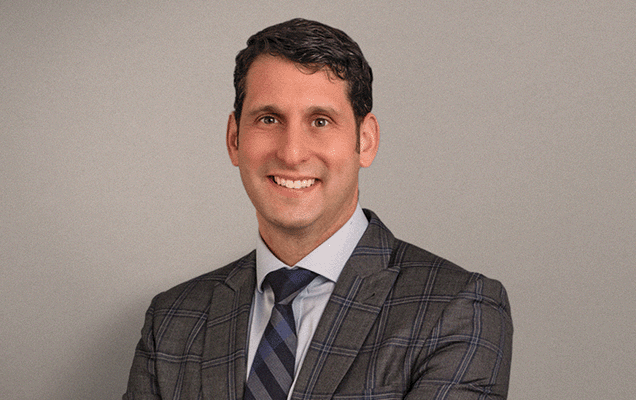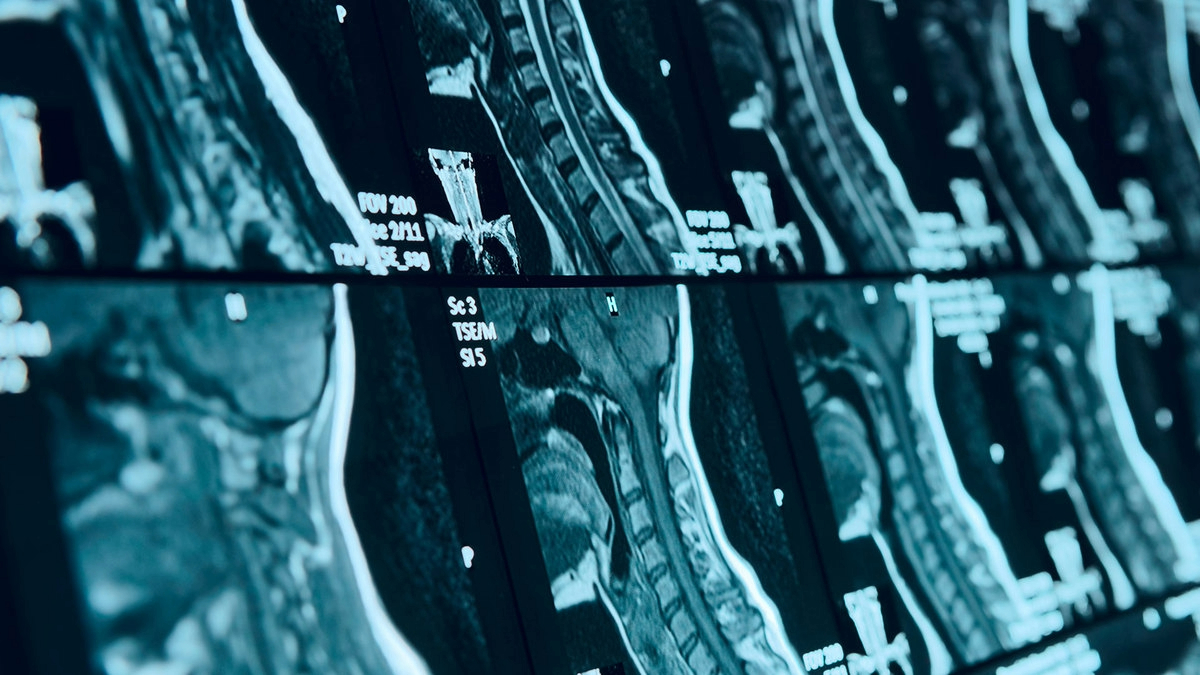Millions of people around the globe experience neck pain, which can have many causes. A major cause is a condition called degenerative disc disease, which impacts the bones in the neck called cervical vertebrae and the spongy tissue between the bones called discs in the spine, causing pain and limiting movement. Thankfully, medical advancements have brought us effective treatments, such as anterior cervical discectomy and cervical disc arthroplasty. These procedures offer significant relief and are well-explained in this article, giving readers a clear insight into how they work, their advantages, and what those undergoing treatment can expect.
Understanding the Cervical Spine
The cervical spine, which is the support column in our neck, consists of seven bones called cervical vertebrae, which are interspersed with spinal discs. These discs act like cushions, giving our neck the flexibility to move in various directions. The spinal cord is the main nerve in the body. It travels in a channel behind the spinal column and is protected by the bones. There are nerves which branch off the spinal cord and travel out of the spinal column. These nerves spread out into your body. This is how your brain controls your muscles and gets sensory feedback.
Unfortunately, as we age or if we suffer an injury or overstrain ourselves, these discs can start to break down, a condition known as degenerative disc disease. This deterioration can lead to uncomfortable symptoms, including neck and arm pain, among others. It’s crucial to understand how our cervical spine functions and the potential issues it can face, so we can seek appropriate treatment when needed.
When Surgery Comes Into Play
Most of the time, neck pain symptoms are managed conservatively with things like physical therapy and anti-inflammatory medications. In some cases, these treatments are not effective. In serious cases the bones and discs can put pressure on the spinal cord and nerves which can lead to permanent nerve damage. In these cases, doctors might suggest surgery as the next step. The main aim of the surgical intervention is to take out the troublesome disc, which is causing the issue, and in doing so, lessen the pressure on the spinal cord and nerves, aiming to alleviate the discomfort and restore function.
There are two main types of surgeries that are typically considered in such cases: cervical discectomy and fusion (ACDF) and anterior cervical disc replacement (ACDR). Each of these procedures has its specific approach to addressing the problem. ACDF involves removing the affected disc and then fusing the vertebrae together to stabilize the spine. On the other hand, ACDR involves replacing the problematic disc with an artificial one, aiming to maintain more natural movement in the neck and reduce the chances of future spinal issues.
Anterior Cervical Discectomy and Fusion (ACDF)
Anterior Cervical Discectomy and Fusion (ACDF) is a surgical procedure that starts with a small cut at the front of the neck to reach the cervical spine. During this surgery, the surgeon removes the damaged disc, known as a discectomy, to take away any pressure from the spinal cord and nerves. Following the removal, the adjacent vertebrae are fused together, a step that helps in stabilizing the spine and reducing pain by eliminating any movement between these vertebrae.
While ACDF is effective in providing stability and pain relief, it’s important to note that it does come with some downsides. The fusion of the vertebrae restricts the neck’s natural movement, which might lead to lesser mobility. Additionally, this procedure can put extra pressure on the discs nearby, which might be something to consider when opting for this surgical route.
Anterior Cervical Disc Replacement (ACDR)
An alternative to fusion surgery is the anterior cervical artificial disc replacement surgery. In this procedure, the disc is removed, and in its place, an artificial disc is inserted to maintain neck mobility. This method aims to preserve the natural movement of the cervical spine and reduce the risk of adjacent disc degeneration.
The Benefits of Cervical Disc Replacement
Cervical disc arthroplasty, or disc replacement, offers several advantages over fusion surgery. It maintains the natural range of motion in the neck, potentially reducing the long-term stress on adjacent spinal levels. Patients often experience quicker recovery times and can return to their daily activities sooner. Moreover, this procedure aims to provide long-term relief from neck and arm pain while preserving the spine’s natural mechanics.
The Procedure Explained
Anterior cervical disc replacement surgery involves a small incision made in the front of the neck. Through this incision, the surgeon accesses the cervical spine and carefully removes the damaged disc. The space is then prepared for the artificial disc, which is designed to mimic the function of a natural disc. Once the artificial disc is securely in place, the incision is closed, marking the end of the procedure.
Recovery and Rehabilitation
The recovery process from cervical disc replacement surgery is generally faster compared to fusion surgery. Patients may be encouraged to walk and move their necks shortly after the procedure, under the guidance of their healthcare provider. Physical therapy plays a crucial role in recovery, helping patients regain strength and flexibility while ensuring the successful integration of the artificial disc.
It's time to get back to doing what you love.
Risks and Considerations
As with any surgery, there are risks associated with cervical disc replacement, including infection, bleeding, or complications related to anesthesia. Additionally, there’s a possibility that the artificial disc may not integrate properly or could wear out over time, potentially necessitating further intervention. However, these risks are relatively low, and the majority of patients experience significant relief from their symptoms post-surgery.
Anterior cervical disc replacement offers a promising solution for individuals suffering from degenerative disc disease, providing an alternative to traditional fusion surgery. By maintaining the spine’s natural dynamics, this procedure aims to alleviate pain, preserve mobility, and improve the quality of life for patients. If you’re experiencing persistent neck or arm pain, consult with a healthcare professional to determine if cervical disc arthroplasty could be the right treatment for you.
Navigating the journey from neck pain to recovery can be challenging, but understanding your treatment options is a crucial step. Whether it’s through conservative methods or advanced surgeries like anterior cervical discectomy or cervical disc arthroplasty, relief from pain and a return to normalcy are within reach. Always discuss with your healthcare provider to choose the best course of action tailored to your specific needs and health goals.

About Dr. Seth Grossman
Dr. Seth Grossman is a board-certified, fellowship-trained orthopaedic spine surgeon. He has been involved in clinical research throughout his medical training and has been published in several peer-reviewed journals. Dr. Grossman prides himself on first exhausting all non-surgical treatment options. When surgery is necessary, he employs surgical techniques that will achieve the best results for his patients while causing the least amount of pain and allowing the fastest recovery possible. He is passionate about combining medicine and technology. He specializes in robotically assisted spine surgery, disc replacement surgery, and minimally invasive techniques for both spinal decompression and spinal fusion surgery.






